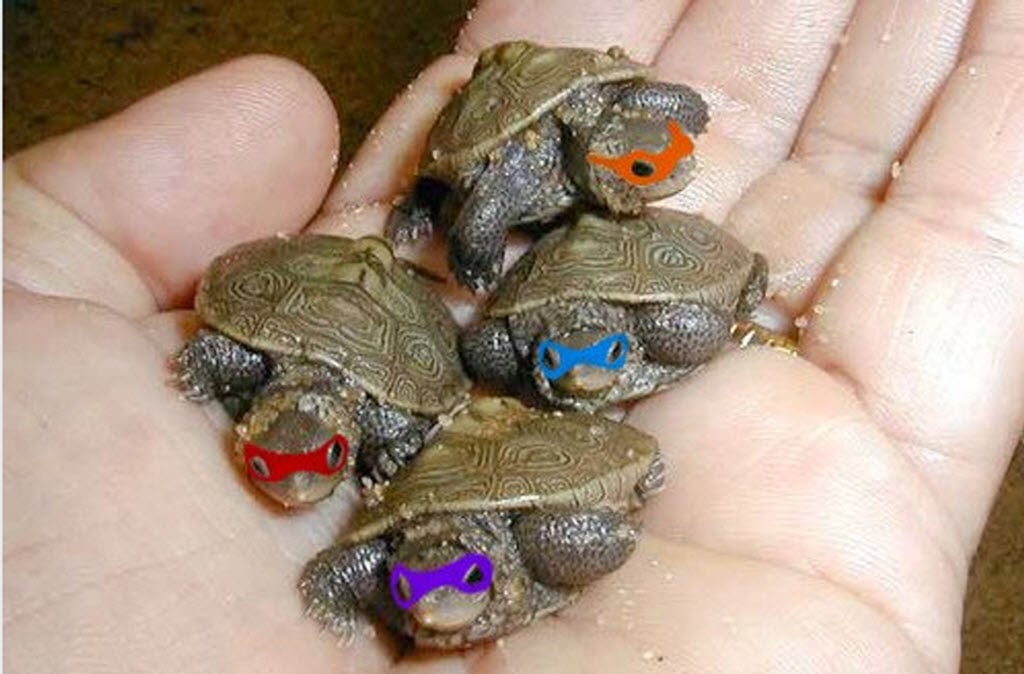Red-eared slider turtles communicate through a combination of visual cues and tactile interactions, displaying social behaviors such as basking together and engaging in courtship rituals. These turtles use body language, such as head bobbing and exaggerated eye blinking, to signal their intentions and establish dominance or submission within their social hierarchy.
They also communicate through touch, often engaging in gentle biting or nudging to convey messages. Social interactions play a crucial role in the lives of red-eared slider turtles, allowing them to navigate their environment, seek companionship, and ensure reproductive success.

Credit: junkee.com
Communication Methods Of Red-Eared Slider Turtles
Red-eared slider turtles have various methods of communication, with visual signals being a key aspect. Through their intricate body movements and facial expressions, they convey important messages. For instance, a raised head and erect limbs indicate aggression, while a flattened shell and relaxed body posture signify submission.
Vocal communication also plays a role in their interactions. They produce distinct sounds, such as hissing or squeaking, to convey different meanings, such as distress or courtship. Additionally, red-eared slider turtles engage in chemical communication through the release of pheromones.
These chemical signals are used to mark territory, attract mates, and communicate reproductive readiness. By scenting their environment, they establish a sense of social hierarchy and establish boundaries. Through visual, vocal, and chemical communication methods, red-eared slider turtles effectively interact with each other in their natural habitats.
Social Behaviors Of Red-Eared Slider Turtles
Red-eared slider turtles have unique social behaviors, including their basking behavior. Basking is essential for their health, as it helps regulate their body temperature. Various factors, such as water temperature, availability of basking spots, and predator avoidance, influence this behavior.
Another social behavior is feeding, where turtles gather in groups to eat. It not only promotes social interaction but also increases their chances of finding food. Courtship and mating behavior involve various rituals and displays, such as courtship dances and vocalizations.
Different mating behaviors, like male aggression and female selection, contribute to successful reproduction. Nesting behavior is crucial for females to lay their eggs in suitable locations. They engage in digging, nesting site selection, and covering the eggs. Aggression and territorial behaviors are evident among red-eared sliders, especially during mating and nesting seasons.
Territorial behavior helps establish dominance and protect specific areas. Understanding these social behaviors sheds light on the fascinating world of red-eared slider turtles.
Social Interaction And Hierarchy
Red-eared slider turtles display fascinating social behaviors and communicate using various methods. Within their groups, there is a clear establishment of hierarchy, where individuals take on specific roles and positions. Cooperation and alliances are common among them, as they work together to benefit the group.
For example, they may collaborate during feeding or nesting activities. These cooperative behaviors not only facilitate mutual success but also strengthen the overall social structure. The benefits of such cooperation are manifold. It ensures the survival and protection of the group, helps in finding resources, and enhances reproductive success.
Understanding the social interactions and dynamics of red-eared slider turtles provides valuable insights into their intriguing world and how they thrive together.
Conclusion
Red-eared slider turtles have fascinating methods of communication and display interesting social behaviors. Through their various vocalizations, body language, and activities, they are able to convey messages to each other. Their auditory communication includes hissing, chirping, and hissing sounds, while visual cues are exhibited through head bobbing, eye contact, and various postures.
By observing their size and coloration, they can also communicate their dominance or submission within social hierarchies. These turtles are not solitary creatures and engage in important social interactions. They engage in courtship behaviors, such as head movements and touching, to attract mates and establish pair bonds.
They also exhibit social behaviors while basking, feeding, and nesting. Being able to understand the ways in which red-eared slider turtles communicate and interact with each other enhances our understanding of these fascinating creatures and contributes to their conservation and well-being.






Leave a Reply